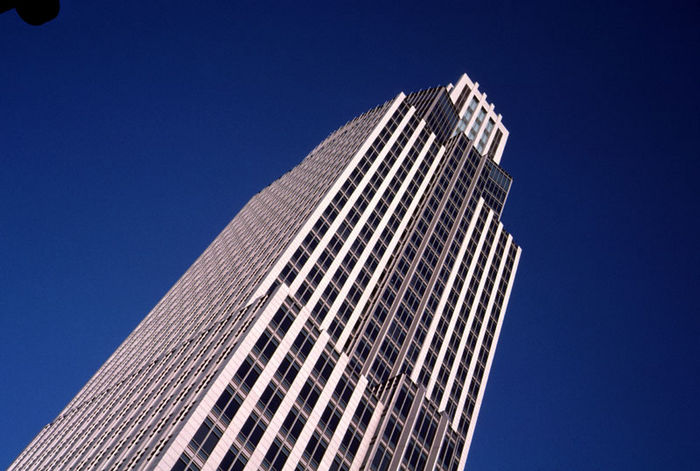doolittle
Well-known
I want to get scans of my parent's old kodachrome slides (+ some agfachrome, many of which haven't aged as well) with a view to using one of the online services to get a photobook printed for a 50th wedding anniversary present.
I have lots and lots of slides to choose from, but am going to go through them on a slide projector and pick the best ones.
I was thinking of ending up with 200 or so of the best ones.
If I only have a few slides I usually digitise them with a lightbox,macro lens,dslr and tripod.
I was thinking for this project of getting a second hand Coolscan IV or similar or Epson Perfection Vxxx. Either would get use again. Alternatively sending them off to be scanned for me.
I am sure a few of you have done something similar. Any thoughts or feedback? I have 2 months to get this done.
I have lots and lots of slides to choose from, but am going to go through them on a slide projector and pick the best ones.
I was thinking of ending up with 200 or so of the best ones.
If I only have a few slides I usually digitise them with a lightbox,macro lens,dslr and tripod.
I was thinking for this project of getting a second hand Coolscan IV or similar or Epson Perfection Vxxx. Either would get use again. Alternatively sending them off to be scanned for me.
I am sure a few of you have done something similar. Any thoughts or feedback? I have 2 months to get this done.




